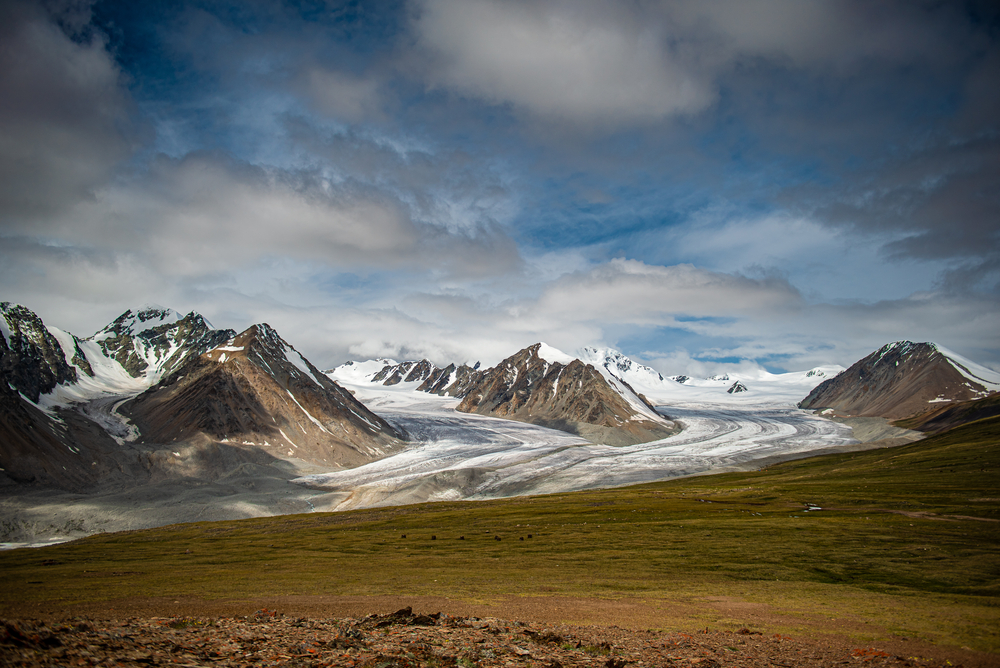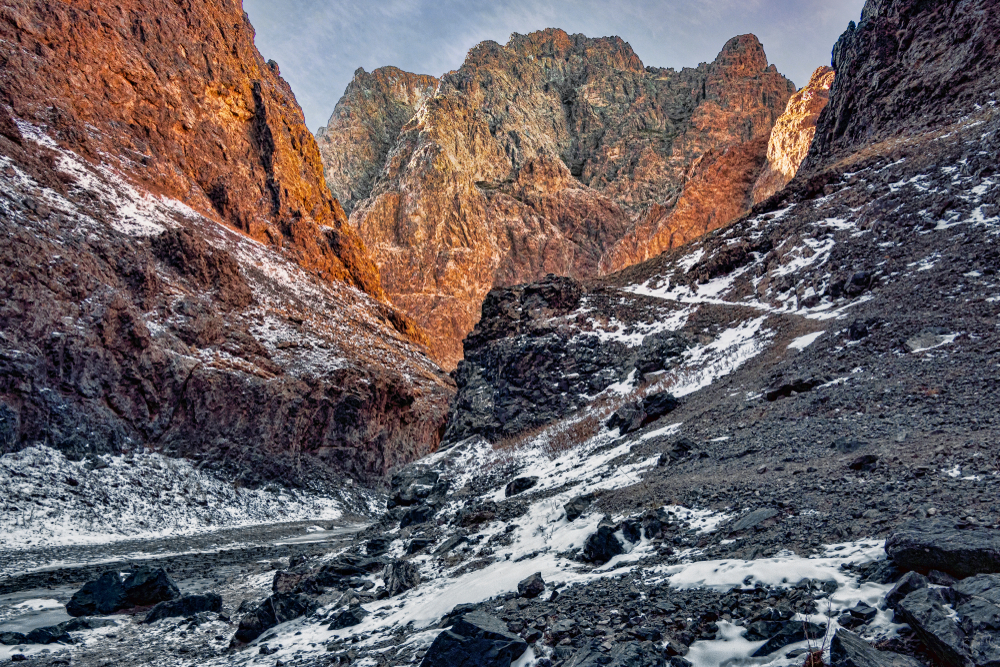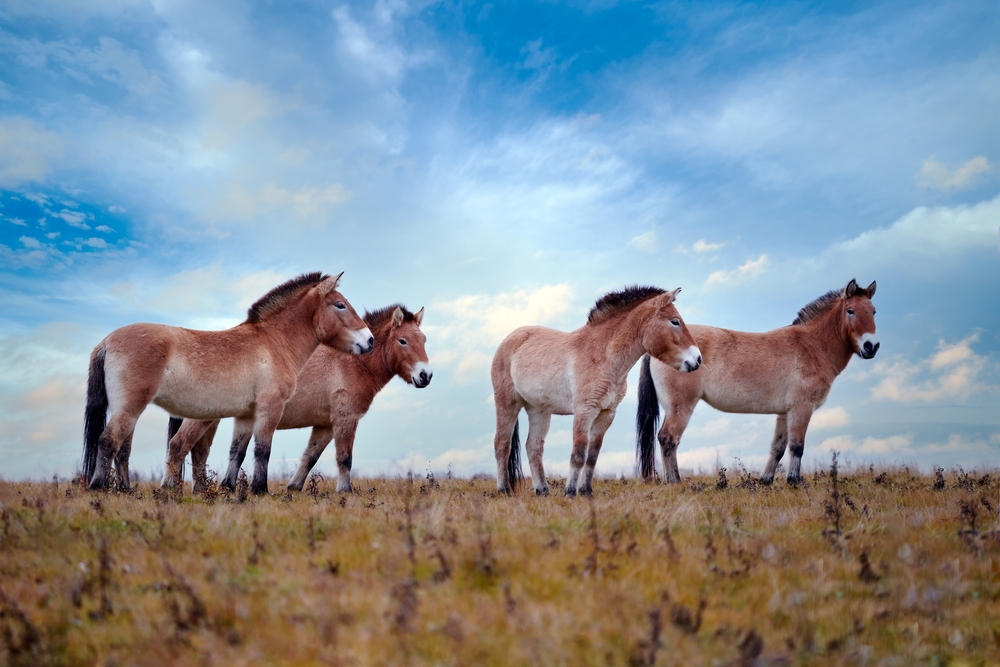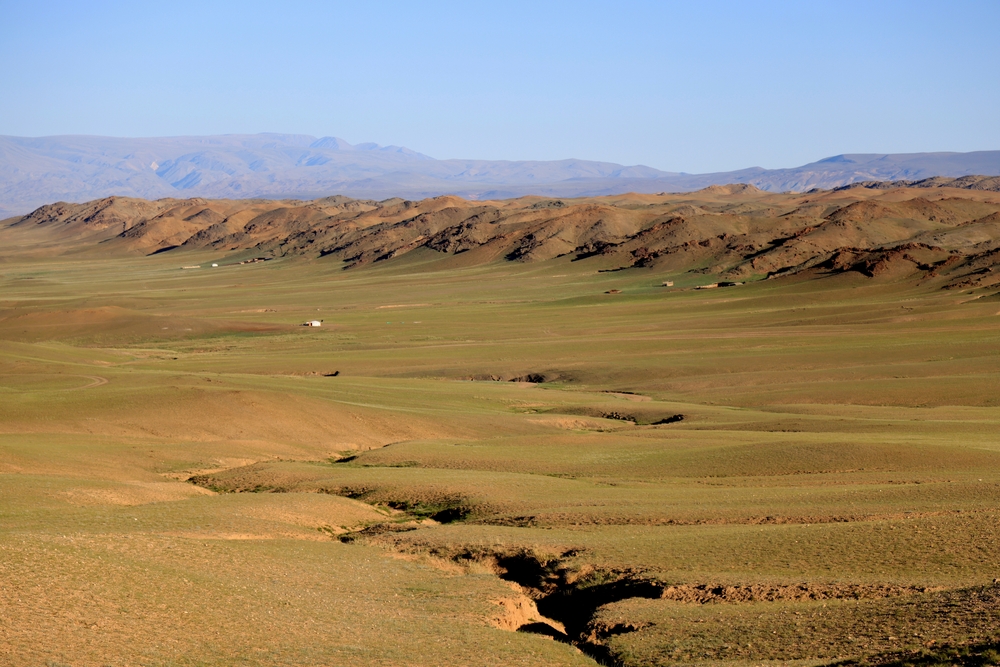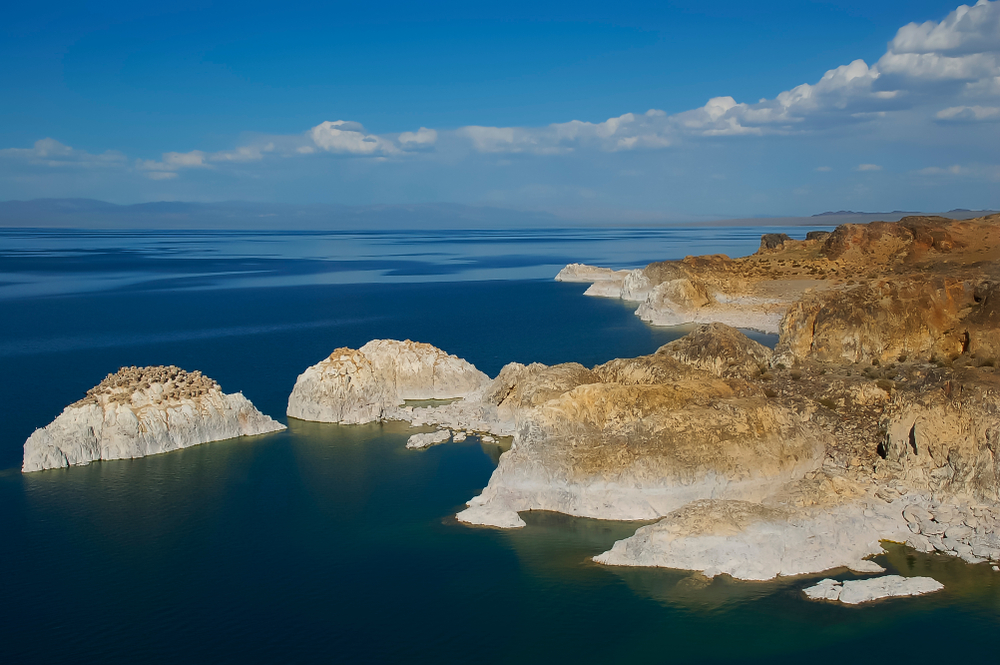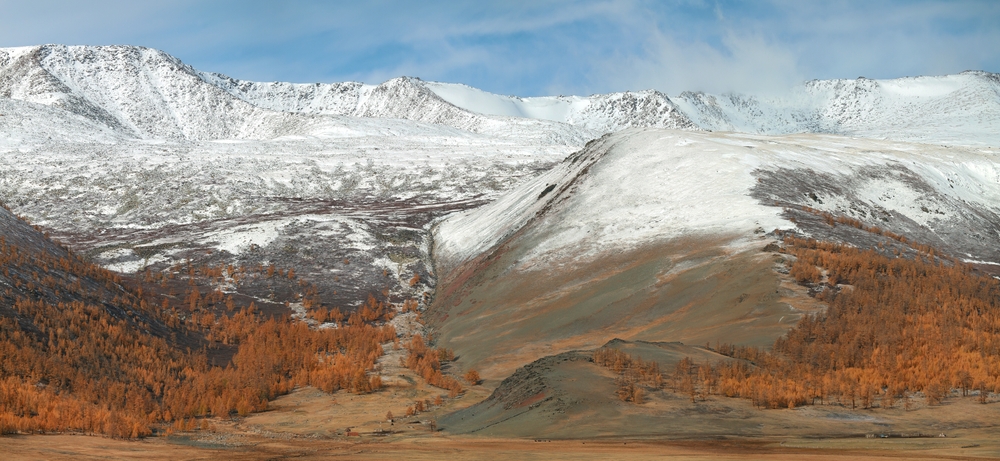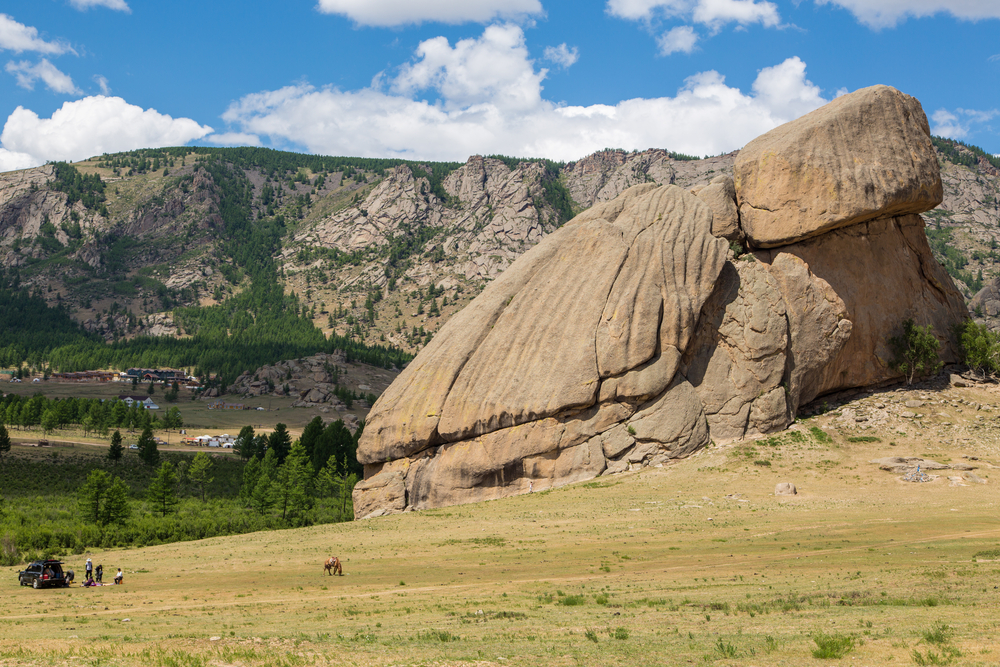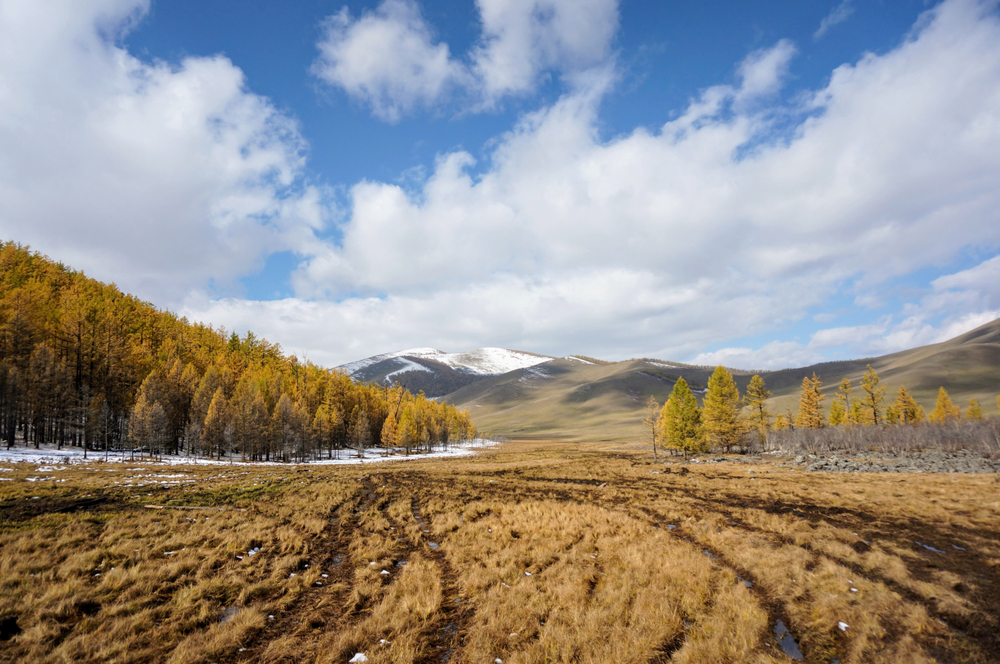Khar Us Nuur Overview
Khar Us Nuur National Park, known locally as Хар Ус нуурын Үндэсний Парк, is a stunning natural reserve in western Mongolia, located in Khovd Province. The park spans an area of approximately 1,548 square miles (4,010 square kilometers), encompassing one of Mongolia’s largest freshwater lakes, Khar Us Nuur, and its surrounding ecosystems.
The name “Khar Us Nuur” translates to “Black Water Lake,” though the waters are clear and shallow, making the park a significant habitat for aquatic and bird life. The park’s terrain is characterized by diverse landscapes, including expansive wetlands, reed beds, desert steppes, and mountainous regions.
The imposing Jargalant Khairkhan Mountain, reaching over 12,000 feet (3,650 meters) in height, serves as a breathtaking backdrop to the park and provides a vital watershed for the surrounding areas. The wetland system around the lake is among the most prominent in Central Asia, with dense reed forests and marshes teeming with life. These wetlands transition into arid plains and rocky outcrops, creating a mosaic of habitats.
Khar Us Nuur National Park is a haven for wildlife, boasting a remarkable array of species. The lake itself is home to endemic fish, such as the Altai Osman, while the reed beds attract diverse waterfowl, including the globally significant Dalmatian pelican and the endangered white-headed duck. The park is also a crucial stopover for migratory birds, hosting species like cranes, geese, and herons.
In the steppes and mountains, visitors might encounter iconic mammals such as the elusive snow leopard, the Siberian ibex, and Argali sheep. Smaller mammals like the corsac fox and Pallas’s cat also thrive in the region, contributing to the park’s biodiversity.
Visitors to Khar Us Nuur National Park are drawn to its serene beauty and opportunities for outdoor adventure. Birdwatching is one of the most popular activities, with the chance to observe rare species in their natural habitats.
Hiking and trekking enthusiasts can explore trails around Jargalant Khairkhan Mountain or venture into the desert-steppe landscapes. The park’s proximity to local nomadic communities also offers a cultural dimension, where visitors can experience traditional Mongolian hospitality and customs.
Despite its natural beauty, Khar Us Nuur National Park faces conservation challenges. Climate change and water management issues, such as reduced inflows to the lake due to upstream irrigation, threaten the delicate balance of the ecosystem. Overgrazing by livestock also poses risks to the park’s grasslands and wetlands. However, conservation efforts, including community-based management programs and international collaborations, have made progress in preserving the park’s unique biodiversity and cultural heritage. Local engagement has been pivotal in fostering sustainable practices that benefit both the environment and the livelihoods of those who depend on it.











































































